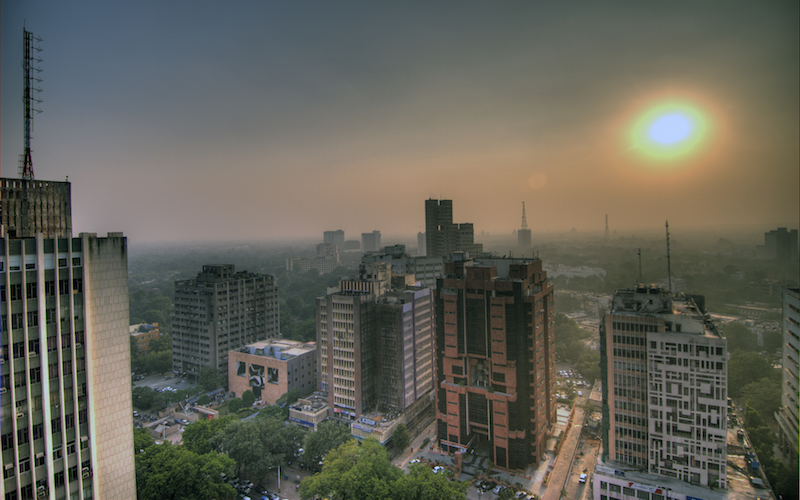
India and the Paris Climate Summit
With less than nine months until the Paris Climate Summit, countries are developing their Intended Nationally Determined Contributions (INDC). India is among those countries that are not in a hurry to make any national climate commitments that could be internationally binding.
Reports suggest that India could opt to submit two INDCs to the UN Framework Convention on Climate Change (UNFCCC) – one that could be achieved with domestic resources and the other, with the help of financial and technological resources from developed countries. At the outset, this might look like a more feasible and the only justifiable stand that India could possibly take at this stage, considering that developed countries have time and again adopted a mitigation-oriented climate action plan without giving due importance to adaptation, climate financing and loss-and-damage mechanisms.
However, there is a lot that India can do domestically to address climate change issues. It is very clear that even without climate change, India is deeply affected by air and ground pollution. In fact, according to a study by the World health Organization, 13 of the total 20-most polluted cities are in India. Air pollution is one of the biggest health risks that India currently faces. Climate change will only exacerbate the problem. The transportation sector clearly requires an overhaul before things get out of control.
India is already investing heavily in renewable energy (especially solar energy) – a shift that is critical for a fossil fuel-free economy. But it is also scaling up its coal power production to meet the electricity demands of more than 400 million people who still do not have access to electricity.
This is where the international community needs to step in and provide support to strike a balance in terms of equity and climate justice.
Forestry as a mitigation measure remains an area of concern for India as the primary agenda of the Modi government remains development – translating most certainly into clearing of forestlands to set up various developmental projects. Although the government has promised compensatory afforestation schemes, it must realize that availability of forestland and the quality of afforestation need to be accounted for while giving the green light to developmental projects that it claims are vital for India’s growth and poverty eradication schemes.
On the adaptation front, India is aware that it is one of the most vulnerable countries in the world and therefore, adaptation should be given equal or more priority. India has been at the receiving end of numerous deadly disasters in the past few years including the 2013 Uttarakhand floods and the 2014 Kashmir floods, to name just a few. However, the government is yet to align disaster risk reduction with climate adaptation at the operational and strategic levels. It is high time that India includes an elaborate environmental/climate risk assessment plan as part of its national commitments rather than merely responding to disasters.
Yet another adaptation strategy that India needs to look into is the climate-food-water-energy nexus. Agriculture accounts for almost 90 percent of water consumption (more water than used per unit by industry, which uses only 6 percent of the total freshwater). Conflicts arise between agricultural and industrial users, urban and rural users as well as different states that share common water resources. The power sector is one of the largest users of water as well. Clearly, India needs to emphasize groundwater, watershed and transboundary water management.
Finally, what India needs to pay more attention to while designing its national climate commitments are community based climate action plans, which can be more effective than most of the top-down actions that India has been trying to implement over the past few years. Although a few studies of local, traditional knowledge, particularly in the field of agriculture, have been carried out, there has been no attempt to mould a coordinated program that could pool these rich resources to aid the nation’s climate mitigation and adaptation efforts. This would not only render the whole national climate action plan more participatory but also more innovative.
